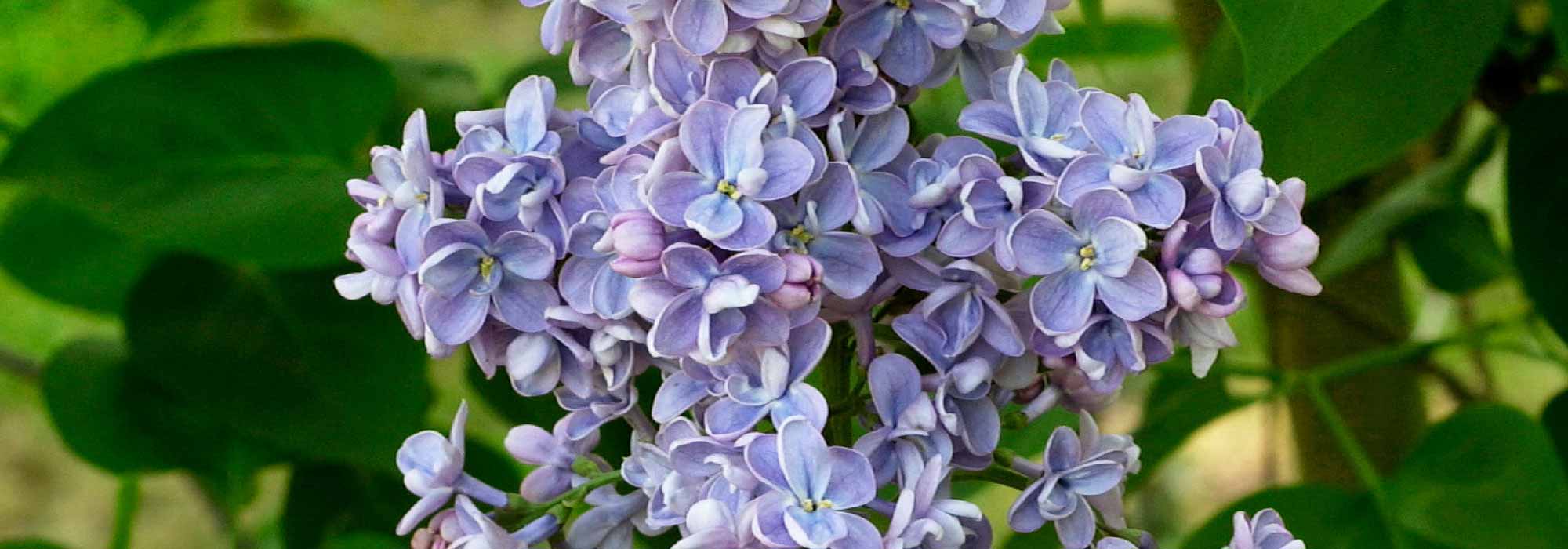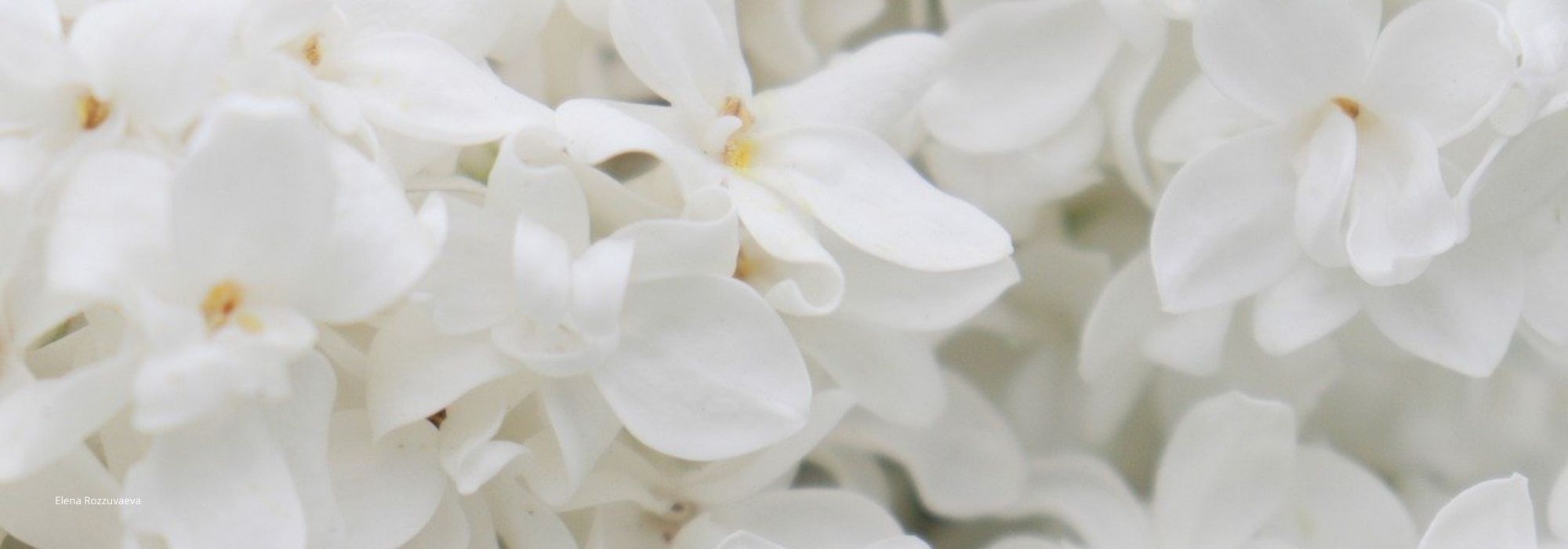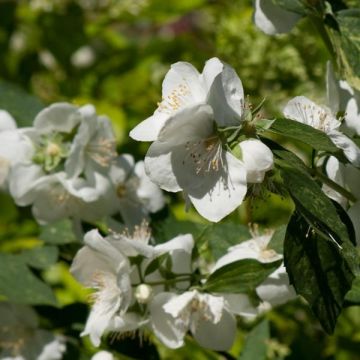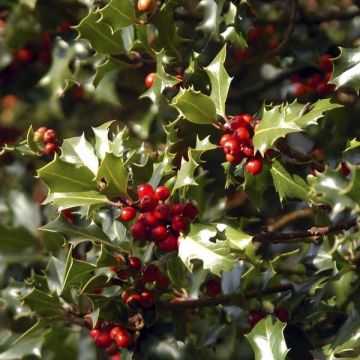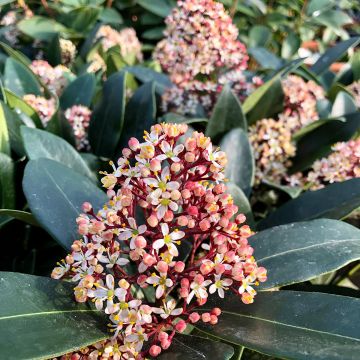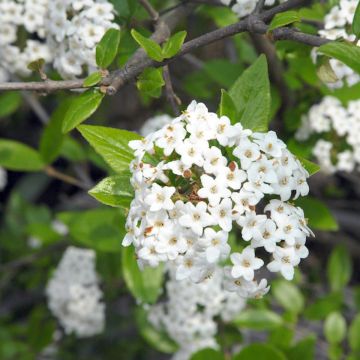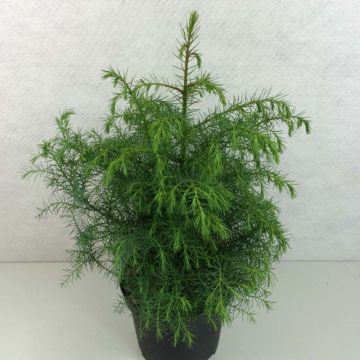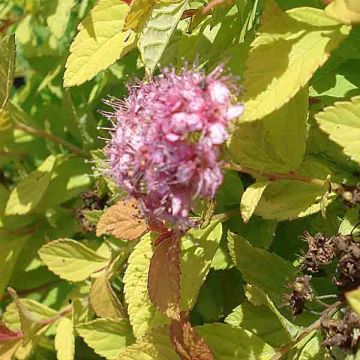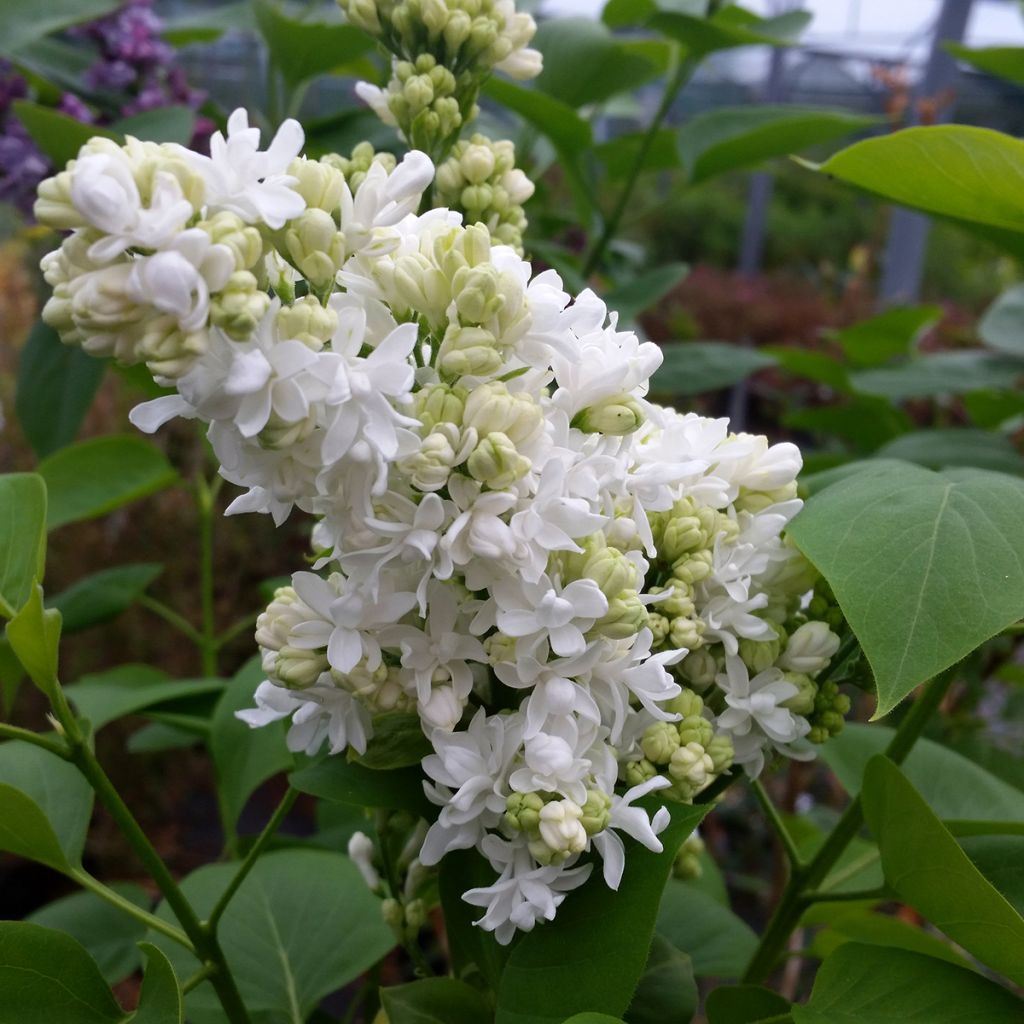

Syringa vulgaris Madame Lemoine - Common Lilac
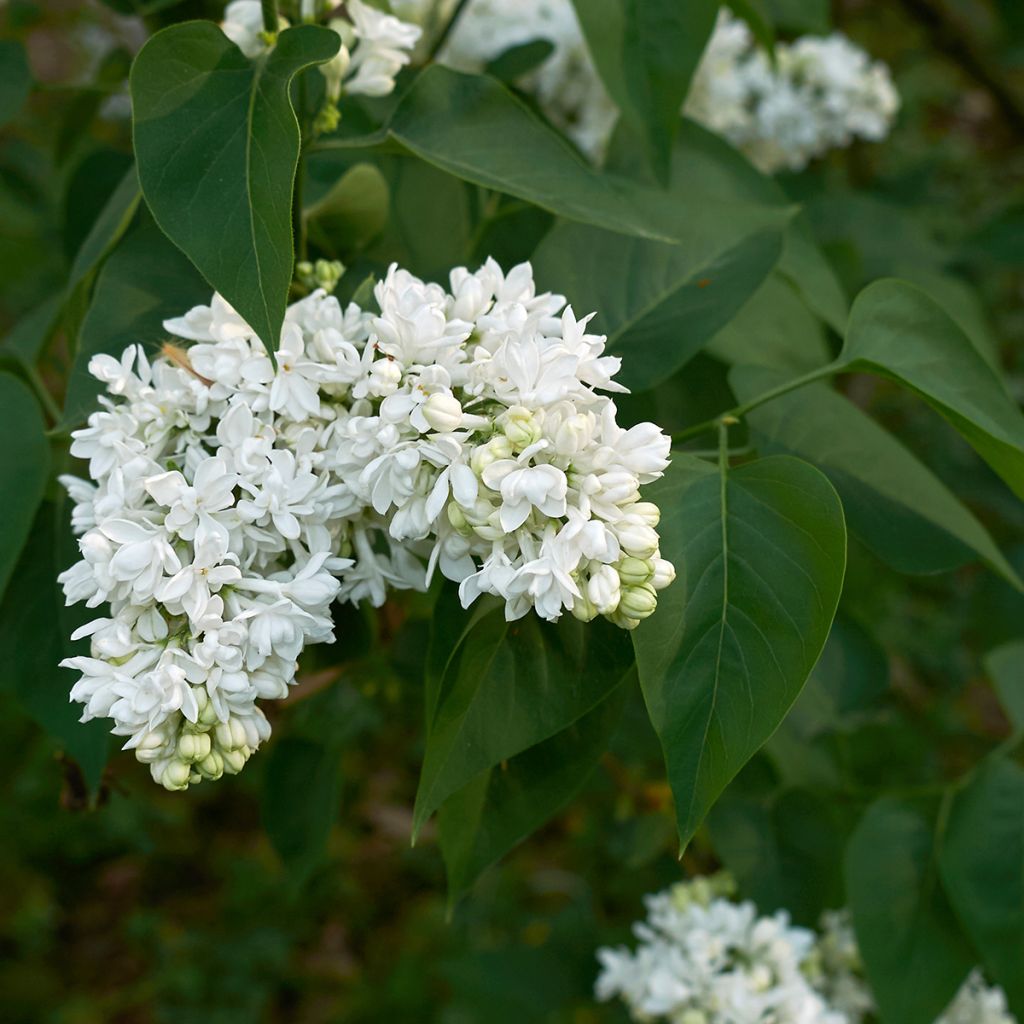

Syringa vulgaris Madame Lemoine - Common Lilac
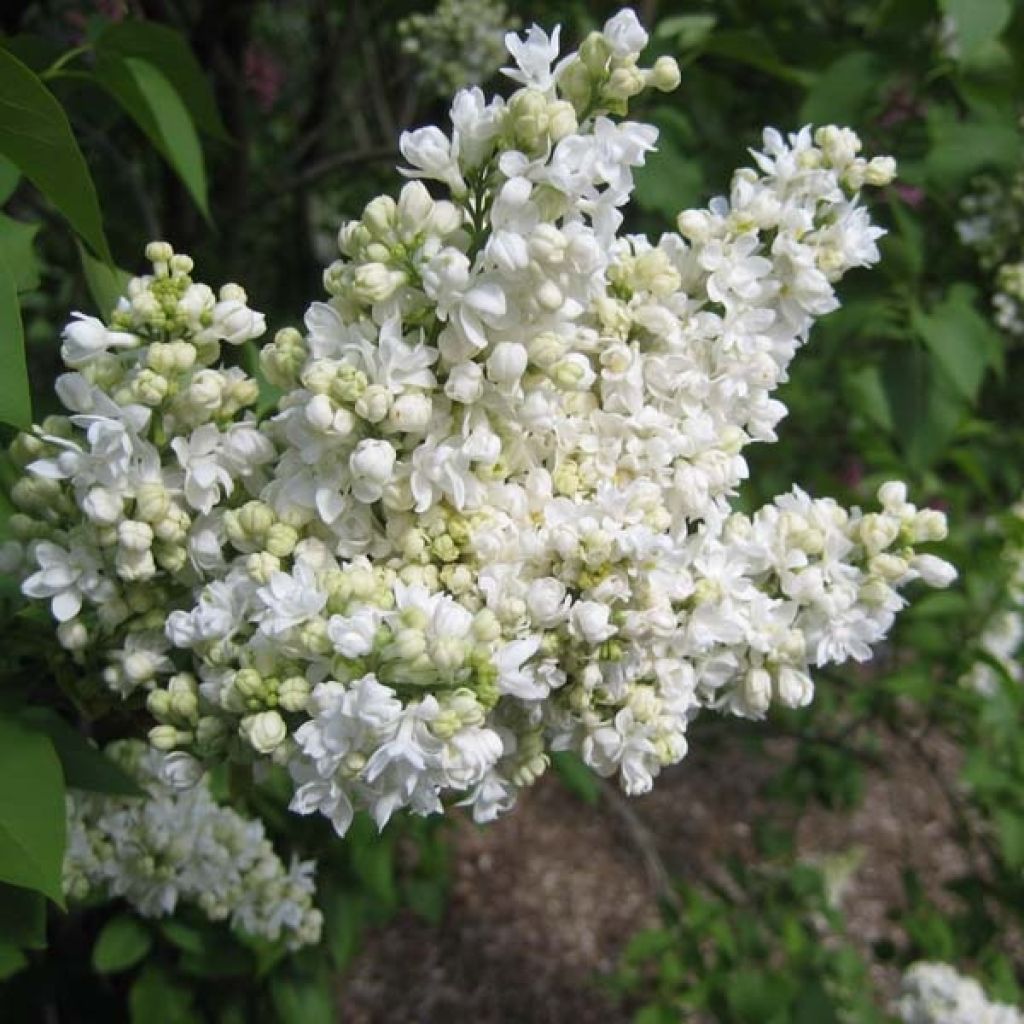

Syringa vulgaris Madame Lemoine - Common Lilac
Syringa vulgaris Madame Lemoine - Common Lilac
Syringa vulgaris Madame Lemoine
Common Lilac, Lilac
Planted 3 months ago, it has produced 6 vigorous and splendid clusters. I am absolutely delighted with my purchase and highly recommend it.
Andrée, 13/04/2025
Special offer!
Receive a €20 voucher for any order over €90 (excluding delivery costs, credit notes, and plastic-free options)!
1- Add your favorite plants to your cart.
2- Once you have reached €90, confirm your order (you can even choose the delivery date!).
3- As soon as your order is shipped, you will receive an email containing your voucher code, valid for 3 months (90 days).
Your voucher is unique and can only be used once, for any order with a minimum value of €20, excluding delivery costs.
Can be combined with other current offers, non-divisible and non-refundable.
Home or relay delivery (depending on size and destination)
Schedule delivery date,
and select date in basket
This plant carries a 24 months recovery warranty
More information
We guarantee the quality of our plants for a full growing cycle, and will replace at our expense any plant that fails to recover under normal climatic and planting conditions.

Would this plant suit my garden?
Set up your Plantfit profile →
Description
Syringa vulgaris 'Madame Lemoine' is an old variety of Lilac created in France in 1890 by Victor Lemoine. Vigorous, this large bush with the appearance of a small tree is adorned in late spring with large fluffy panicles of double white flowers, emitting a slightly sweet fragrance with a hint of bitter almond. It is part of the so-called 'common' lilacs, unmatched and unrivalled in their lavishness, freshness and the clarity of their fragrance. It is also one of those that produce many suckers at their base, which are easy to transfer from one garden to another.
Syringa vulgaris 'Madame Lemoine' belongs to the Oleaceae family, like all horticultural hybrid lilacs obtained in the late 19th century. It is often forgotten that its ancestor, the common lilac, also known as the European lilac, is native to Southeast Europe and Western Asia, more precisely the Balkan Peninsula, and arrived in Western Europe at the end of the Renaissance. In nature, this indomitable plant with its highly scented blue-violet-purple flowers colonises rocky hillsides and braves cold winters.
The 'Madame Lemoine' variety was rewarded by the Royal Horticultural Society for its ornamental qualities and ease of cultivation. Over the years, this lilac forms a small tree with an upright and rounded habit, reaching an average height of 4 m (13.1 ft) and a spread of 2.50 m (8.2 ft). It naturally develops into a bush composed of several stems, similar to the mock orange with which it should not be confused. Its stump produces suckers that sometimes need to be removed to maintain its beautiful appearance as a small tree. Its triangular and heart-shaped leaves, measuring 4 cm to 12 cm (1.6 in to 4.7 in) in length and 3 cm to 8 cm (1.2 in to 3.1 in) in width, appear in spring in a medium green shade with a satin finish. Flowering occurs in May, earlier or later depending on the climate. At the ends of one-year-old branches, pairs of compound clusters, called thyrses, measuring 15 cm to 18 cm (5.9 in to 7.1 in) in length, appear. The cream-coloured flower buds open into double white flowers, creating a delightful inflorescence that combines these two pastel colours. The fragrance of the flowers is fairly moderate.
The strength emanating from the aged silhouette of a lilac, anchored on multiple trunks, as well as the generosity of its flowering, sometimes deserve a prominent place, isolated, in a small garden. Surrounded by a bed of ground cover roses and catmints, in a dedicated small space, this modest subject will become a grandiose bush, covered in glory in the heart of spring. Easy to grow in cool and relatively moist climates, even in mountainous areas, 'Madame Lemoine' thrives in ordinary, moist, preferably limestone, yet well-drained soil. Use it abundantly, mixed with other varieties in shades of pink, mauve or red, in large flowering hedges, alongside single-flowered roses, mock oranges, serviceberries, Crataegus 'Paul's Scarlet', Cotinus or large butterfly bushes (Buddleia alternifolia). A hedge of lilacs, flowering cherries, Chinese almonds, flowering plums, and ornamental apple trees, planted above a large sunken avenue, is a true delight in spring.
Syringa vulgaris Madame Lemoine - Common Lilac in pictures


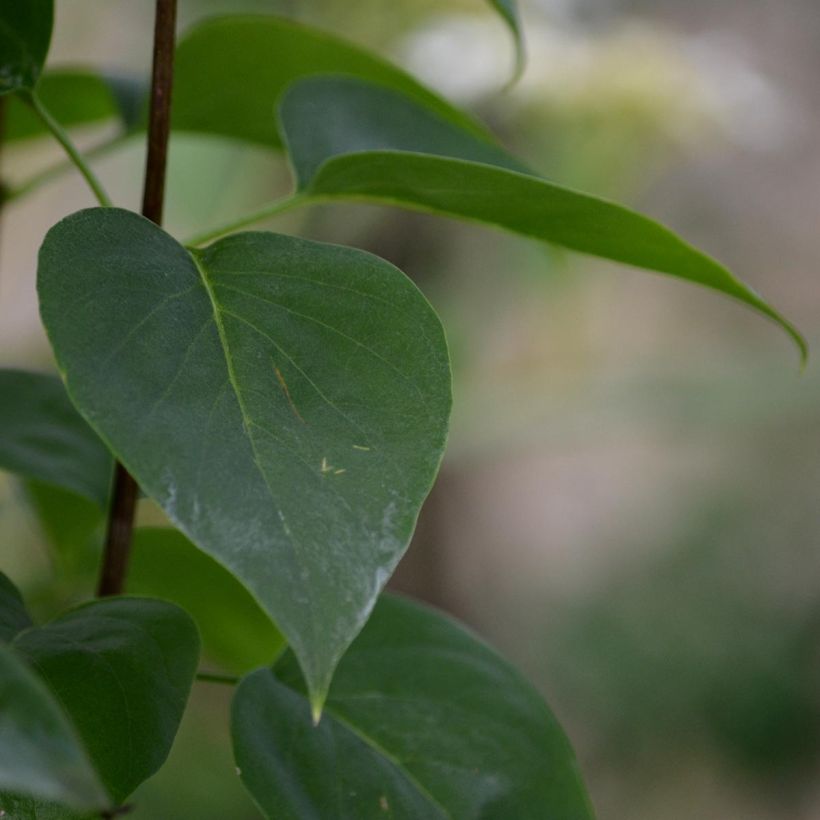

Plant habit
Flowering
Foliage
Botanical data
Syringa
vulgaris
Madame Lemoine
Oleaceae
Common Lilac, Lilac
Cultivar or hybrid
Planting and care
Plant in full sun, in soil that remains fairly moist, well-drained, even a bit rocky. It tolerates all types of soil, but prefers slightly calcareous soils and fears strongly acidic soils. It will grow well in semi-shaded exposure, but flowering will be slightly reduced. Its hardiness is excellent, beyond -15° C (5° F). Easy to grow, it requires only mulching and regular watering in dry climates in summer, to maintain a certain level of humidity. Water it during the first few years in case of marked drought. You can prune the flowering branches to make beautiful bouquets, or at the end of flowering to promote the appearance of new flowers and avoid tiring the bush. Avoid severe pruning that limits the spring flowering, unless your lilac becomes too large. Remove the suckers that form at the base of the bush if you want to maintain the appearance of a small tree.
Planting period
Intended location
Care
Planting & care advice
-
, onOrder confirmed
Reply from on Promesse de fleurs
Similar products
Haven't found what you were looking for?
Hardiness is the lowest winter temperature a plant can endure without suffering serious damage or even dying. However, hardiness is affected by location (a sheltered area, such as a patio), protection (winter cover) and soil type (hardiness is improved by well-drained soil).

Photo Sharing Terms & Conditions
In order to encourage gardeners to interact and share their experiences, Promesse de fleurs offers various media enabling content to be uploaded onto its Site - in particular via the ‘Photo sharing’ module.
The User agrees to refrain from:
- Posting any content that is illegal, prejudicial, insulting, racist, inciteful to hatred, revisionist, contrary to public decency, that infringes on privacy or on the privacy rights of third parties, in particular the publicity rights of persons and goods, intellectual property rights, or the right to privacy.
- Submitting content on behalf of a third party;
- Impersonate the identity of a third party and/or publish any personal information about a third party;
In general, the User undertakes to refrain from any unethical behaviour.
All Content (in particular text, comments, files, images, photos, videos, creative works, etc.), which may be subject to property or intellectual property rights, image or other private rights, shall remain the property of the User, subject to the limited rights granted by the terms of the licence granted by Promesse de fleurs as stated below. Users are at liberty to publish or not to publish such Content on the Site, notably via the ‘Photo Sharing’ facility, and accept that this Content shall be made public and freely accessible, notably on the Internet.
Users further acknowledge, undertake to have ,and guarantee that they hold all necessary rights and permissions to publish such material on the Site, in particular with regard to the legislation in force pertaining to any privacy, property, intellectual property, image, or contractual rights, or rights of any other nature. By publishing such Content on the Site, Users acknowledge accepting full liability as publishers of the Content within the meaning of the law, and grant Promesse de fleurs, free of charge, an inclusive, worldwide licence for the said Content for the entire duration of its publication, including all reproduction, representation, up/downloading, displaying, performing, transmission, and storage rights.
Users also grant permission for their name to be linked to the Content and accept that this link may not always be made available.
By engaging in posting material, Users consent to their Content becoming automatically accessible on the Internet, in particular on other sites and/or blogs and/or web pages of the Promesse de fleurs site, including in particular social pages and the Promesse de fleurs catalogue.
Users may secure the removal of entrusted content free of charge by issuing a simple request via our contact form.
The flowering period indicated on our website applies to countries and regions located in USDA zone 8 (France, the United Kingdom, Ireland, the Netherlands, etc.)
It will vary according to where you live:
- In zones 9 to 10 (Italy, Spain, Greece, etc.), flowering will occur about 2 to 4 weeks earlier.
- In zones 6 to 7 (Germany, Poland, Slovenia, and lower mountainous regions), flowering will be delayed by 2 to 3 weeks.
- In zone 5 (Central Europe, Scandinavia), blooming will be delayed by 3 to 5 weeks.
In temperate climates, pruning of spring-flowering shrubs (forsythia, spireas, etc.) should be done just after flowering.
Pruning of summer-flowering shrubs (Indian Lilac, Perovskia, etc.) can be done in winter or spring.
In cold regions as well as with frost-sensitive plants, avoid pruning too early when severe frosts may still occur.
The planting period indicated on our website applies to countries and regions located in USDA zone 8 (France, United Kingdom, Ireland, Netherlands).
It will vary according to where you live:
- In Mediterranean zones (Marseille, Madrid, Milan, etc.), autumn and winter are the best planting periods.
- In continental zones (Strasbourg, Munich, Vienna, etc.), delay planting by 2 to 3 weeks in spring and bring it forward by 2 to 4 weeks in autumn.
- In mountainous regions (the Alps, Pyrenees, Carpathians, etc.), it is best to plant in late spring (May-June) or late summer (August-September).
The harvesting period indicated on our website applies to countries and regions in USDA zone 8 (France, England, Ireland, the Netherlands).
In colder areas (Scandinavia, Poland, Austria...) fruit and vegetable harvests are likely to be delayed by 3-4 weeks.
In warmer areas (Italy, Spain, Greece, etc.), harvesting will probably take place earlier, depending on weather conditions.
The sowing periods indicated on our website apply to countries and regions within USDA Zone 8 (France, UK, Ireland, Netherlands).
In colder areas (Scandinavia, Poland, Austria...), delay any outdoor sowing by 3-4 weeks, or sow under glass.
In warmer climes (Italy, Spain, Greece, etc.), bring outdoor sowing forward by a few weeks.






























